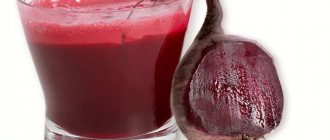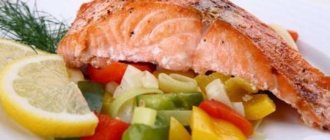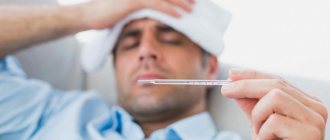Folk remedies for lowering bilirubin
Folk remedies are traditional for treatment. Only with an integrated approach, including drug therapy, proper nutrition and traditional medicine, can pathology be eliminated in a short time. Therefore, you need to know how to lower bilirubin in the blood using folk remedies.
One of the most effective remedies is a tincture based on birch leaves. To prepare it, you need to prepare dry crushed raw materials in the amount of 1 tbsp. spoons and put it in a mug with boiling water. It is recommended to drink the tincture in the evening, before going to bed. It has sedative properties, due to which toxic substances, including indirect bilirubin, are well removed from the body.
Also, if possible, you should drink beetroot juice, which has a choleretic effect and helps normalize bilirubin in the blood. To do this, drink juice before every meal.
A good effect can be achieved if you take decoctions or tinctures prepared from medicinal plants (chamomile, motherwort, St. John's wort, birch leaves, calendula). Their preparation is possible at home and is quite simple. The prepared decoction should be taken several times a day.
Motherwort
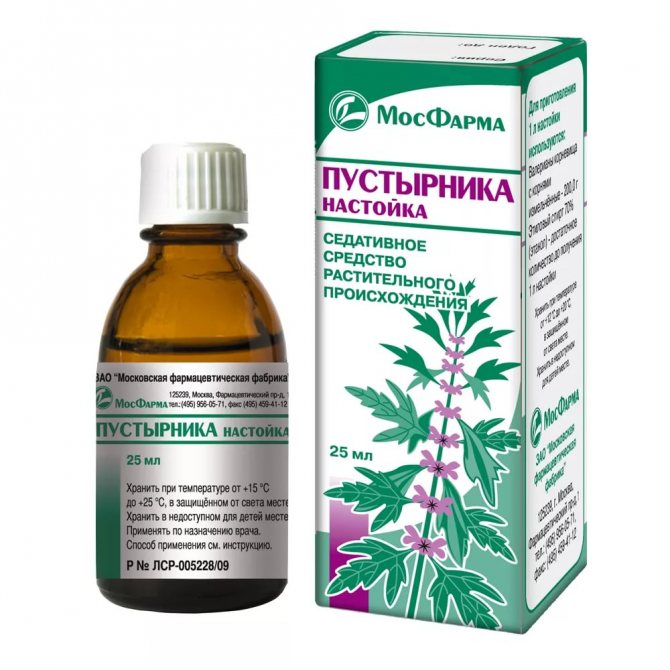
This plant is often used to cleanse the blood of excess bilirubin. The alkaloids and leonurinine contained in motherwort tincture ensure the removal of pigment from the body. To prepare your own tincture, you need to prepare dried motherwort herb. It is enough to take 1 teaspoon of it and pour boiling water in a glass. After this, you need to let the product brew. It is recommended to insulate it and leave it for 30 minutes. After the specified time has passed, the tincture should be strained. You can consume it 3 times a day before each meal. The duration of therapy based on motherwort treatment should be no more than 1 month. It should be taken into account that motherwort is contraindicated in case of low blood pressure.
In addition, motherwort is sold in pharmacies in the form of a ready-made tincture.
St. John's wort

It is indicated for use if a person is diagnosed with elevated bilirubin. Consumption of St. John's wort helps strengthen the overall immune system. In folk medicine it is often used to treat the digestive system. To prepare the product, you need 2 tablespoons of dried herb, which is poured with boiling water (1 cup). After 20 minutes, it is necessary to carefully filter the tincture using gauze for this purpose. It is recommended to take the prepared decoction at least 2 times a day, half a glass after meals. The duration of treatment should not exceed 1 month.
A decoction based on motherwort and St. John's wort has a beneficial effect. In order to prepare it at home, you need to prepare the same amount of two herbs in dry, crushed form. Take the resulting mixture (15 grams) and boil it in water (200 milliliters). For complete readiness, it is better to place the decoction in a warm place and leave for an hour so that it infuses well. The filtered healing drink can be used 2 times a day.
Corn silk
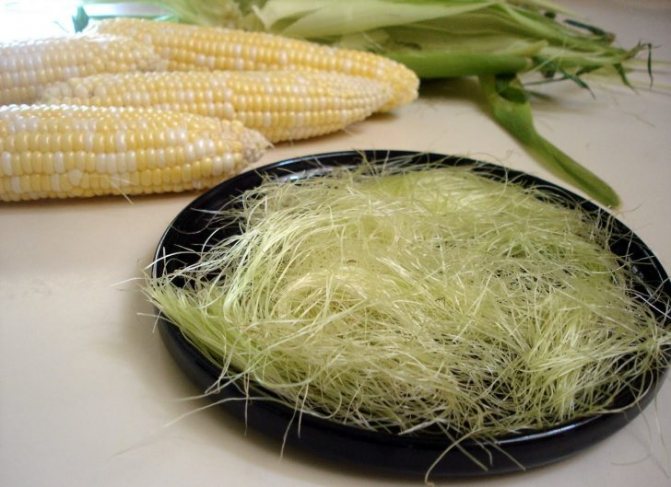
Due to the content of biologically active substances, taking the product helps remove excess pigment from the body. This leads to blood purification and ensures better clotting. The preparation of the infusion is as follows: you need to take the dried crushed raw material (100 grams) and brew it in 200 milliliters of water. After the product has cooled, it must be strained well. Drink filtered medicinal infusion 5 times a day, the interval between doses should be at least 1 hour. The duration of treatment is at least 2 weeks.
Chamomile

Due to its diverse properties, this plant is used for almost any disease, including being used to lower bilirubin. The flavonoids contained in chamomile improve the digestion process and normal functioning of the liver, which, in turn, promotes fast and good digestion of food. An infusion prepared with chamomile also helps well with neuroses, which are among the reasons why bilirubin may increase. It is recommended to use the infusion for both adults and children.
The preparation of such a decoction is as follows: take the plant in the amount of 2 tablespoons and brew it in boiling water. After 20 minutes, the infusion is ready for use. You need to drink it at least 3 times a day.
What is bilirubin
Bilirubin is a yellow-brown substance. Formed in the spleen and bone marrow as a result of the breakdown of red blood cells. Bilirubin is a component of bile and blood. The pigment itself does not pose any danger to the body if its concentration in the blood does not exceed the norm.
Types of bilirubin
In the human body, bilirubin can be found in two forms:
- Related . Non-toxic water-soluble compound. It is excreted from the body through the liver and anus, turning the stool brown.
- Unrelated . A toxic fat-soluble substance that is not excreted from the body but accumulates in adipose tissue. To get rid of unbound bilirubin, you must first convert it to direct bilirubin.
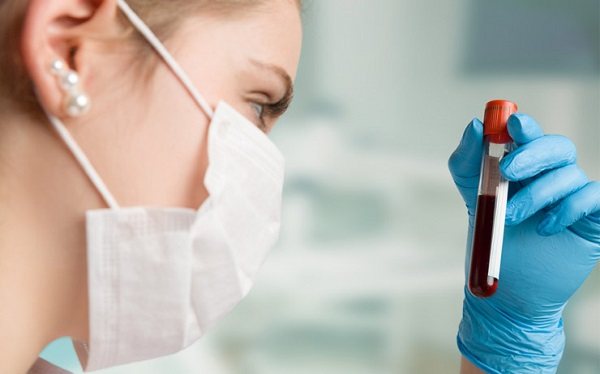
Diet
Treatment with folk remedies is only one of the components of a complex of actions necessary to reduce bilirubin.
It is difficult to reduce the level of bilirubin in the blood with medications alone. It is also necessary to eat according to a special diet, which is based on eating healthy foods that have a beneficial effect on the functioning of the liver and removing excess load from it.
Proper nutrition helps reduce bilirubin at home. To do this, it is necessary to include lean meat, dairy products, fruits, egg whites, milk and vegetable soups, and herbal tea in the diet. It is also recommended to adhere to the following recommendations:
- reducing the consumption of salty foods and coffee;
- exclusion from the diet of fried and fatty foods, alcoholic beverages;
- daily consumption of buckwheat, oatmeal or rice porridge;
- drink plenty of fluids, including herbal teas, fruit drinks, mineral water.
Consequences of jaundice
In most cases, physiological jaundice goes away completely without causing any harm to the child. Consequences can develop only after pathological forms of jaundice - with insufficient or incorrect treatment. In such cases, children may be delayed in development and suffer serious damage to the nervous system.
Children who have suffered any form of pathological jaundice must be observed by a pediatrician and a pediatric neurologist!
The Healthy Family Clinic offers a rental service for a special phototherapy lamp, which is used to treat jaundice in newborns at home. Taking into account the need for special care and care for the newborn, the mobile device allows you to reduce the level of bilirubin without disrupting the baby’s daily routine. Unlike traditional equipment, modern technology has many advantages:
- Safety for the life and health of the baby: the combination of green and blue rays prevents overheating of the body and also does not have a negative effect on the child’s eyes;
- Compactness and mobility: the device weighs no more than three kilograms and has an ergonomic fiber-optic cushion, which allows you to transport equipment at home;
- Easy to use: the photo lamp has a timer and a safety thermostat, so it automatically controls the duration of the procedure and the intensity of radiation!
- All permits and certificates;
- Free delivery throughout Yekaterinburg! Delivery throughout the Sverdlovsk region is possible.
The basis for using a photolamp is the recommendation of a pediatrician. During an individual consultation, the doctor will determine the intensity, duration, and also establish a procedure scheme.
In addition, the baby’s parents can order an express test to measure bilirubin levels at home. A healthcare professional will help parents install and use the lamp correctly.
Decreased bilirubin levels
To treat a reduced concentration of bilirubin, it is necessary to prescribe medications, folk remedies, and special diets determined by the doctor for each patient individually. Among traditional medicines, the use of natural pomegranate juice and animal liver is indicated.
It is recommended to undergo a comprehensive diagnostic test to obtain an accurate diagnosis. The composition and dosage of medications taken to reduce the amount of bilirubin should be determined by a doctor.
Source
How to quickly and effectively reduce bilirubin in the blood at home
Bilirubin is a pigment that is formed in the blood after the breakdown of hemoglobin. Normally, this pigment is the main component of bile. Exceeding the permissible level of pigment may indicate that the patient has jaundice, hepatitis, hereditary bilirubinemia, infectious liver damage, hemolytic anemia, etc. Methods for reducing bilirubin depend on the underlying disease that caused the change in biochemical parameters. So, let's find out how to lower bilirubin in the blood as quickly and effectively as possible.
Norm
To check the level of bilirubin in the blood, a biochemical test is performed. Material for research is taken from a vein. The test is taken on an empty stomach. The general pigment rate is shown in the table. The data is relevant for people under 60 years of age.
| Pigment form | Indicator in mol/l |
| general | 5,1-17 |
| indirect | 3,4-12 |
| straight | 1,7-5,1 |
Diet for high bilirubin in the blood - what is possible and what is not?
Nutrition with increased bilirubin in the blood plays a key role in the treatment of this pathology. This is due to the fact that the liver and gall bladder neutralize all harmful substances entering the body, and they get there mainly with food. Therefore, it is quite simple to ease the work of the liver - just review your diet and exclude from it dishes that increase the load on the liver.
The diet for high bilirubin is divided into three parts: permitted and recommended foods, restricted and prohibited foods.
Types of jaundice
Jaundice in newborns is divided into two types (depending on how elevated bilirubin is):
- Physiological
- Pathological (nuclear, mechanical, hemolytic disease)
A pediatrician will help determine the type of jaundice
Physiological jaundice in newborns
The most common type of jaundice in babies. It does not pose a great danger, but requires monitoring and phototherapy using a lamp.
It appears in approximately 65% of babies as a slight yellowing of the skin almost immediately after birth - on the 2-3rd day.
Physiological jaundice is not so scary for full-term healthy babies; they can recover on their own. To treat jaundice, premature and sick newborns are prescribed phototherapy, which helps the body reduce bilirubin levels and develop fully.
Pathological jaundice in newborns
Pathological jaundice in babies appears on average 2-3 weeks after birth. During the period of pathological jaundice, the baby experiences the following symptoms:
- Temperature increase;
- Lethargy;
- Prolonged drowsiness;
- Complete or partial refusal to eat;
- Severe regurgitation;
- Vomit;
- Darkening of urine/discoloration of stool.
The level of bilirubin in the baby’s blood at this moment significantly exceeds the permissible norm, so consultation with a pediatrician, as well as tests, are mandatory.
Kernicterus
With an increased level of bilirubin in the baby’s blood, it can penetrate into the brain, which leads to the destruction of nerve cells. Kernicterus occurs in babies ONLY in the first days after birth. After the 5th, and even more so after the 10th day of birth, kernicterus practically does not occur.
The manifestation of kernicterus occurs in severe neurological disorders. She is accompanied by:
- Lethargy;
- Lack of appetite;
- Head tilting;
- Monotonous scream;
- Increased muscle tone;
- Convulsions;
- Lack of reflexes and so on.
With such a complication, the child needs emergency medical care!
Obstructive jaundice
This type occurs when there is a violation of the outflow of bile from the body of the newborn.
The reason for this may be:
- bile duct cyst;
- ring-shaped pancreas;
- underdevelopment of the bile ducts.
The baby’s condition at this moment may become critical, requiring urgent surgical intervention - surgery to free the bile duct.
Hemolytic disease
It appears from the first hours of the baby’s life.
External signs of the disease are:
- yellowing of the skin and whites of the eyes (sclera);
- swelling (the most severe form of the disease);
- congenital anemia.
The cause of hemolytic disease is the incompatibility of the blood of the mother and baby according to the Rh factor - an Rh conflict occurs. In this case, an exchange blood transfusion is necessary (replacement of 70-80% of the baby’s total blood). In addition, for treatment, the doctor prescribes certain medications that can normalize the child’s condition.
Consequences – what are the dangers of increased bilirubin?
A high level of pigment in the blood is the beginning of severe intoxication of the body. All internal organs suffer from the effects of the toxin, but the heart and circulatory system, brain, and kidneys are the first to take the hit. The latter begin to work in enhanced mode, trying to neutralize all substances, but they rarely manage to cope with such a load.
As a result, the development of not only liver failure, but also kidney failure, which, in turn, can cause both the appearance of severe pathologies and the death of the patient. Particularly at risk groups include:
- newborns;
- pregnant women;
- patients with chronic pathologies of any body system, as well as those who have undergone surgery or undergone treatment with potent drugs;
- patients with severe infectious pathologies;
- persons undergoing treatment with hepatotoxic drugs;
- persons suffering from alcoholism;
- patients with liver and gallbladder pathologies;
- persons with immunodeficiencies;
- persons with hereditary bilirubinemia.
Such patients should first of all pay attention to the functioning of the liver and know how to reduce bilirubin in the blood quickly and safely.
Jaundice of the newborn. Dangerous or not? How to treat jaundice?
Has your newborn's skin suddenly started to turn yellow? What is the reason and should I worry? Is it possible that this jaundice is a sign of liver damage?
So, what is neonatal jaundice?
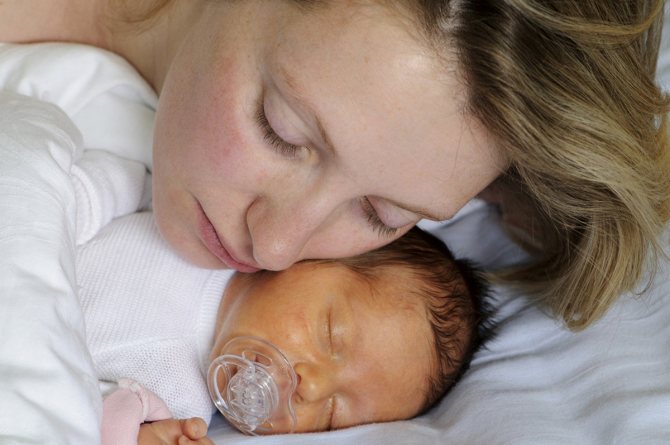
Neonatal jaundice is a term used to describe the process of turning the skin, mucous membranes, and whites of the eyes (sclera) yellow in infants. The reason your baby turns carrot color is an increased level of the pigment bilirubin, which accumulates in the blood and cannot quickly leave it because the baby’s liver cannot cope.
This is a completely normal condition for most babies who have just been born; jaundice in newborns is not dangerous and in some cases goes away on its own over time, however, the level of bilirubin at this moment must be strictly monitored.
However, yellow skin color is not always so harmless. Jaundice is sometimes a sign of a dangerous condition, a threat to the health and even life of the baby.
When the level of bilirubin increases for a long time and/or to high numbers, kernicterus develops - a serious complication of any jaundice in newborns.
The pigment is toxic and affects nervous tissue. Negative effects of pigment on a child: can lead to neurological disorders, impaired speech development, retardation in physical or mental development, blindness or deafness.
Children at risk:
- Premature
- Having had an intrauterine infection
- Labor hypoxia
- Birth asphyxia
Other causes of jaundice in a baby may include the following factors:
- Reaction to mother's breast milk;
- Reaction to drugs;
- Various infections of mother and baby;
- Birth injuries;
- Diabetes mellitus in the mother;
- Congenital hepatitis, etc.
